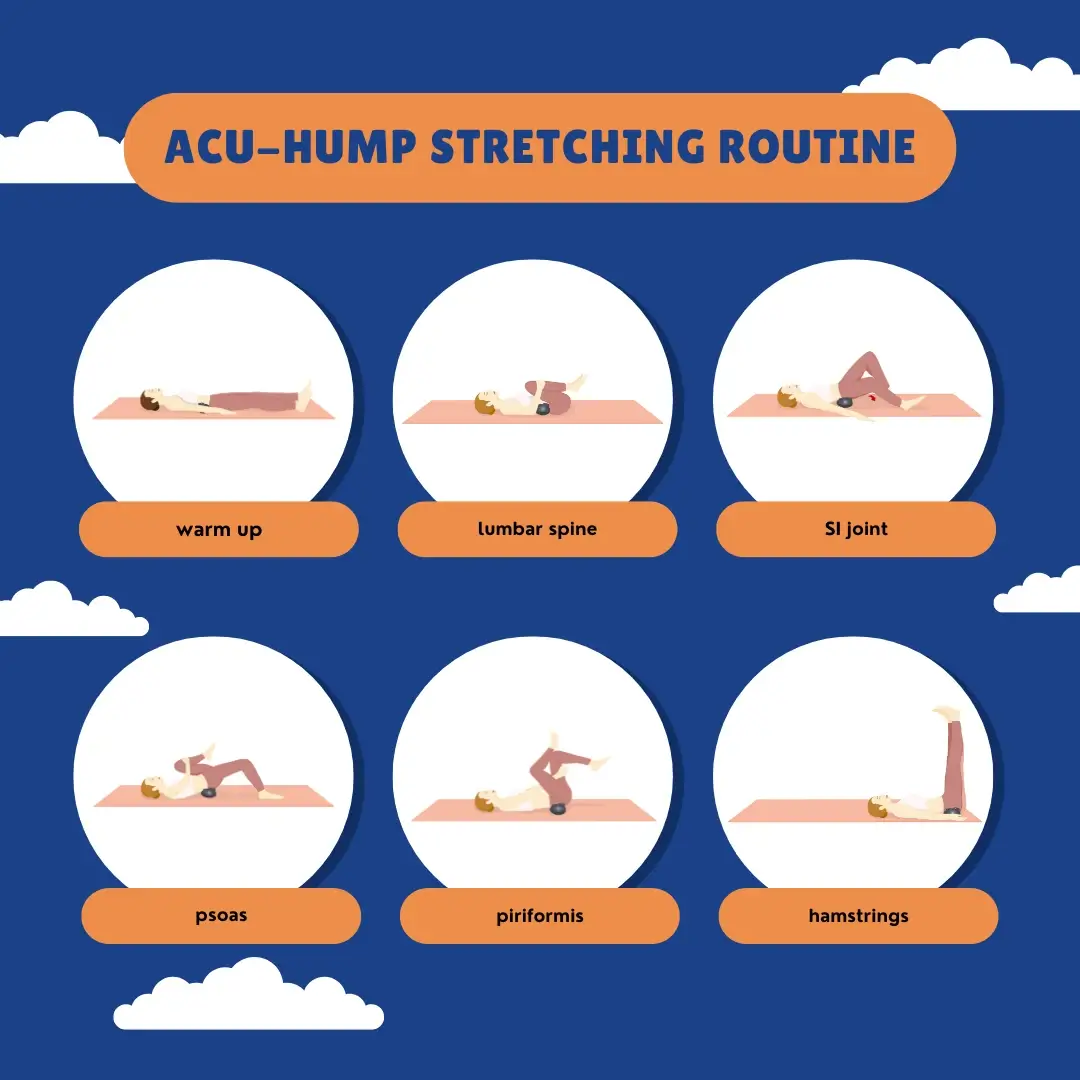Are you struggling with piriformis syndrome and looking for a quick and effective way to heal? Don’t worry – we’ve got you covered!
Piriformis syndrome can be a challenging condition to deal with, causing pain and discomfort in the hip, buttock, and lower back regions. It can make it difficult to go about your day-to-day activities and leave you feeling frustrated and in pain.
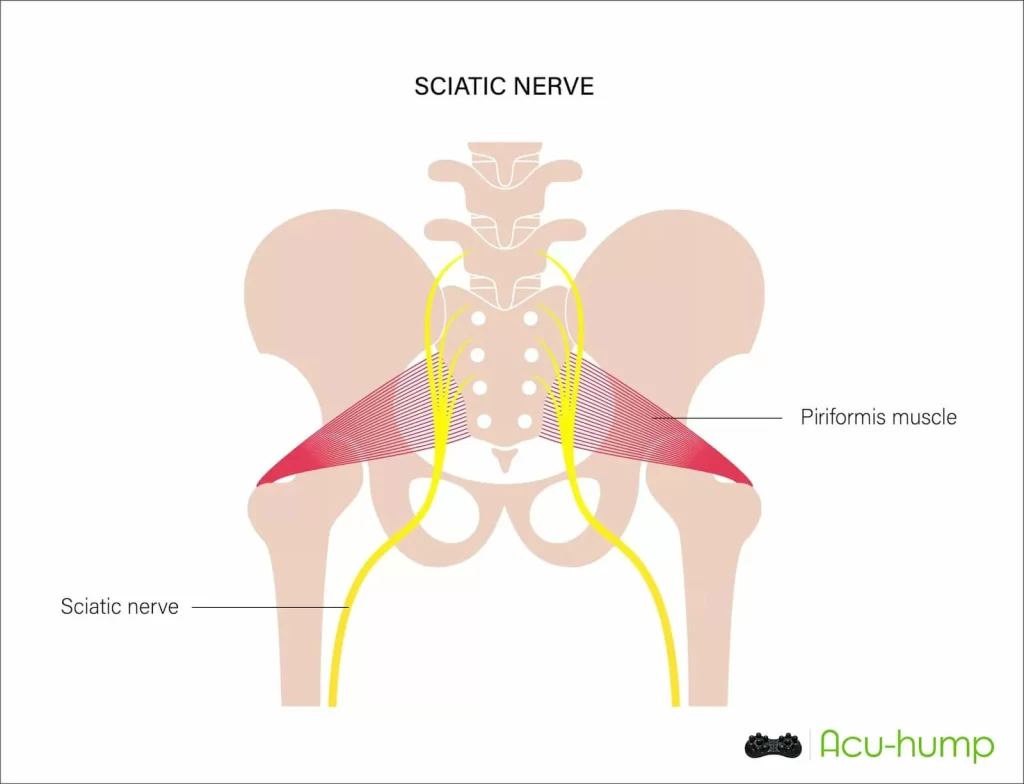
In this article, we will explore everything you need to know about piriformis syndrome and how Acu-hump can help you recover. Let’s dive in and get you on the path to fixing quickly!
What is Piriformis Syndrome
Piriformis syndrome is a condition that occurs when the piriformis muscle, located in the buttocks, becomes inflamed or tight. This can cause irritation or compression of the sciatic nerve, which runs from the lower back down to the legs. As a result, individuals suffering from piriformis syndrome experience pain, numbness, or tingling sensations in the hip, buttock, and legs.
What makes deep buttock pain such a frustrating condition is that its symptoms often mimic those of other conditions, such as a herniated disc.
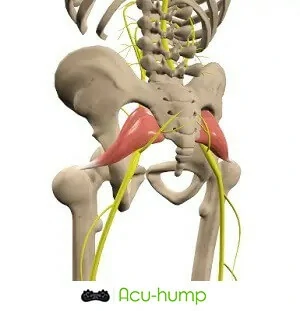
Piriformis Syndrome vs Sciatica
Piriformis syndrome is often confused with sciatica, which is a secondary condition that may occur in various conditions, including muscle spasms, muscle strains (piriformis syndrome), herniated disc, spinal stenosis.
It is also known as deep gluteal syndrome, sciatic nerve pain in the buttocks.
However, regardless of the underlying kind of sciatica, healthy lower back and hip muscles are key to eliminating pain.
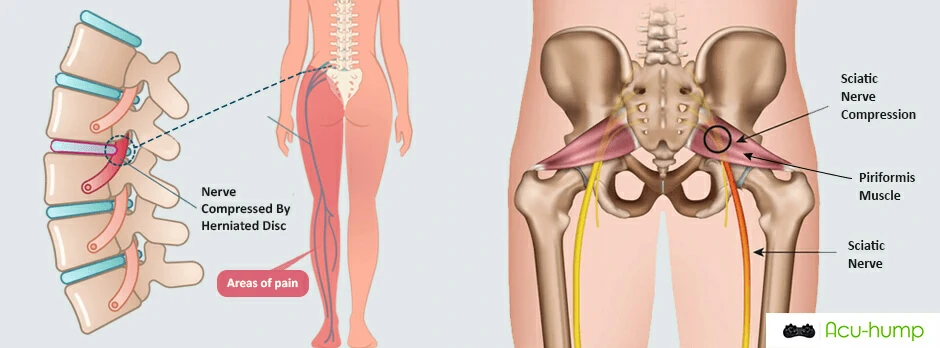
8 Causes of piriformis syndrome
Before treating piriformis syndrome, it is essential to understand its causes in order to target the root of the issue.
There are 8 causes of piriformis syndrome, including:
- Prolonged sitting
- Overuse
- Poor posture
- Peripheral muscle joint or muscle damage
- Compensatory strength
- Pregnancy
- Obesity
- Genetics
Sitting for long periods can cause the buttock muscle to tighten and become inflamed, leading to sciatica pain in the buttocks
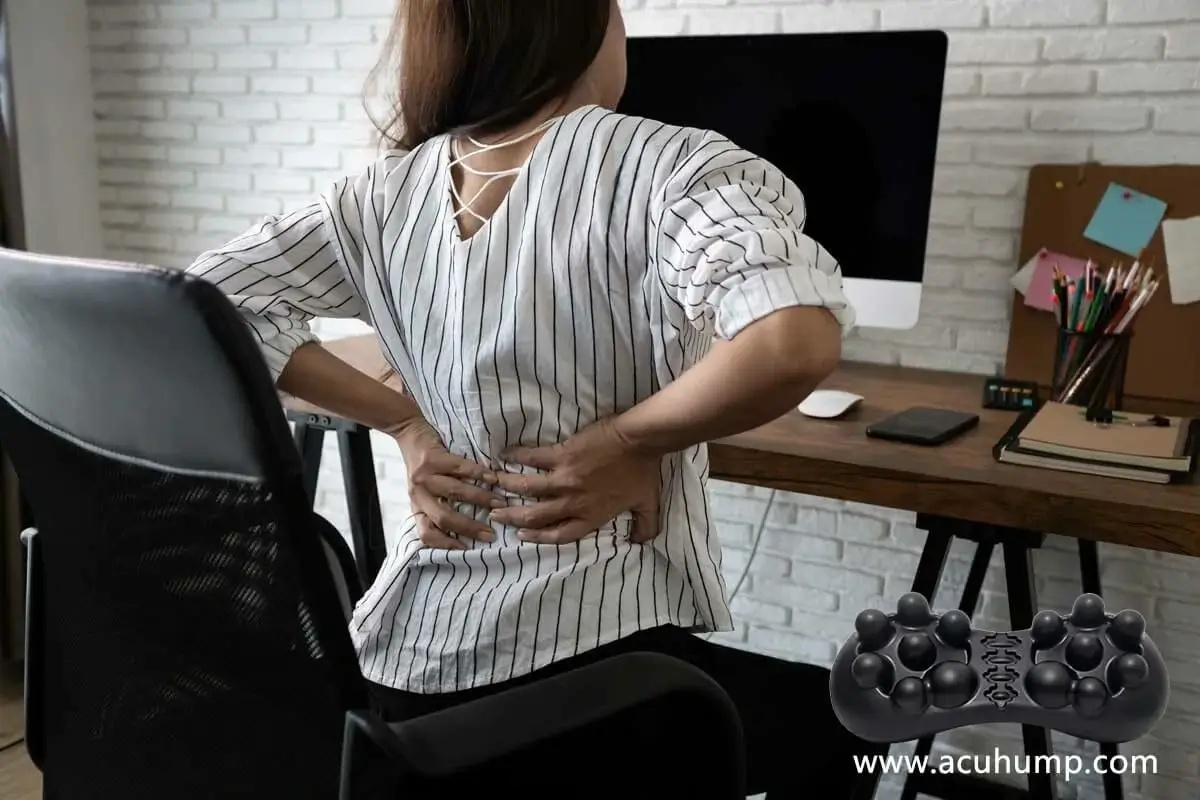
Overusing the hip muscles from repetitive activities such as running or bicycling can result in strain and damage to the piriformis muscle.
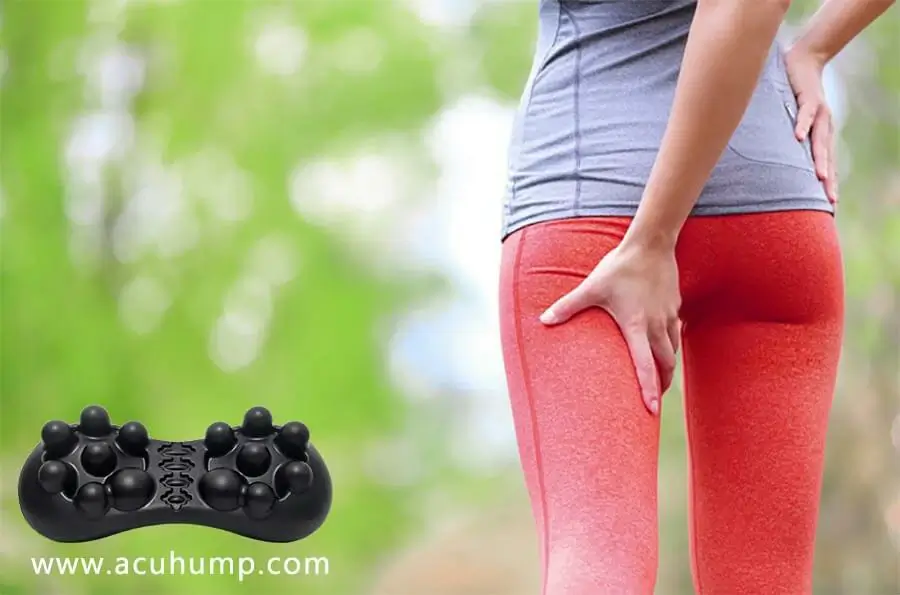
Slouching or sitting with poor posture can put additional pressure on the hips and lower back, leading to Piriformis Syndrome.
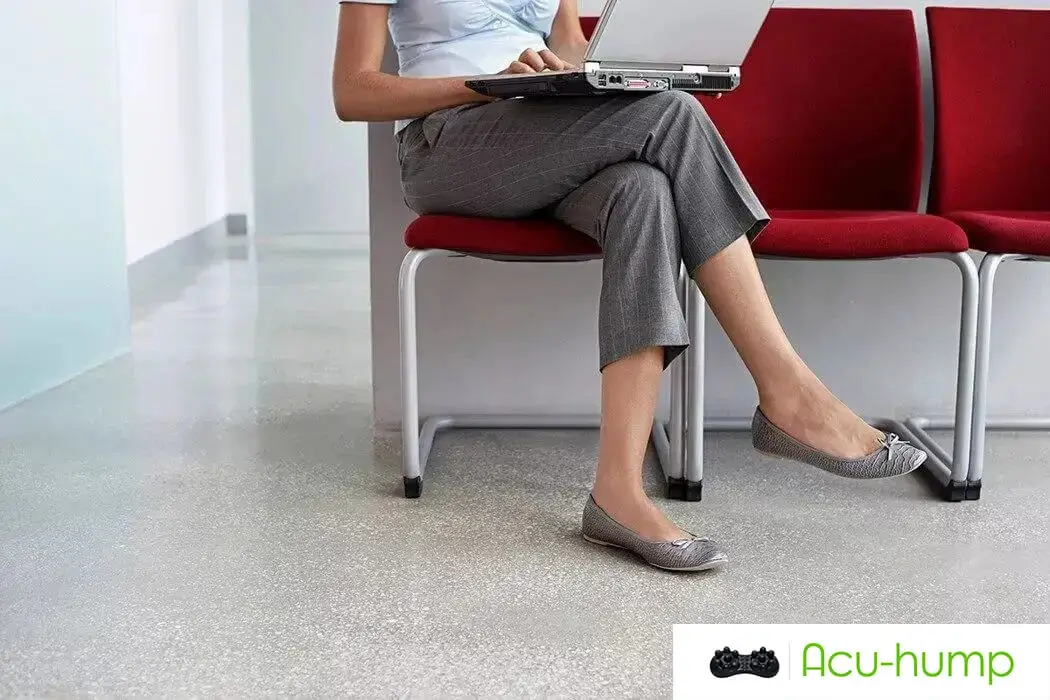
Hip injury: An injury to the hip, such as a fall or trauma, can damage the piriformis muscle. In some cases, SI joint problems can cause the piriformis muscle to become tight, painful, and inflamed. As the piriformis muscle is adjacent to the hamstring fascia, hamstring muscles, and quadriceps, the tension, fatigue, or injury in these muscles may also pull the piriformis muscle.
When the lower back muscles and core muscles are weak, the hip muscles may compensate for the weakness, leading to tightness and strain in the piriformis muscle.
The weight and pressure of the uterus on the pelvic region during pregnancy can cause the piriformis muscle to spasm.
Carrying excess weight can put additional stress on the hips and lead to inflammation and strain in the buttock muscles.
Some individuals may be genetically predisposed to this disease due to their muscular or skeletal structure.
By understanding the causes of piriformis syndrome, individuals can take steps to prevent the condition from occurring or worsening. Maintaining proper posture, engaging in regular physical activity, and taking breaks from prolonged sitting are essential for preventing this issue.
What is the Fastest Way to Heal Piriformis Syndrome
It can cause significant discomfort, impacting daily activities. Let’s explore some effective methods to cure the piriformis and effectively relieve buttock pain.
Muscle Relaxants: Temporary Relief
While muscle relaxants can relieve temporary, they are not a long-term solution for curing piriformis syndrome. These medications help to relax the muscles and alleviate pain temporarily. However, for complete healing and lasting results, more proactive measures are necessary.
In addition, there are some self-care ways to fix tight piriformis signs.
Massage for Targeted Relief
Regular massage therapy can be highly beneficial in helping individuals cure piriformis syndrome at home. Consider using self-massage techniques, such as buttock massager for sciatica, to target different glute regions. This can relax the muscle, increase blood flow, and reduce inflammation, contributing to the treating process.
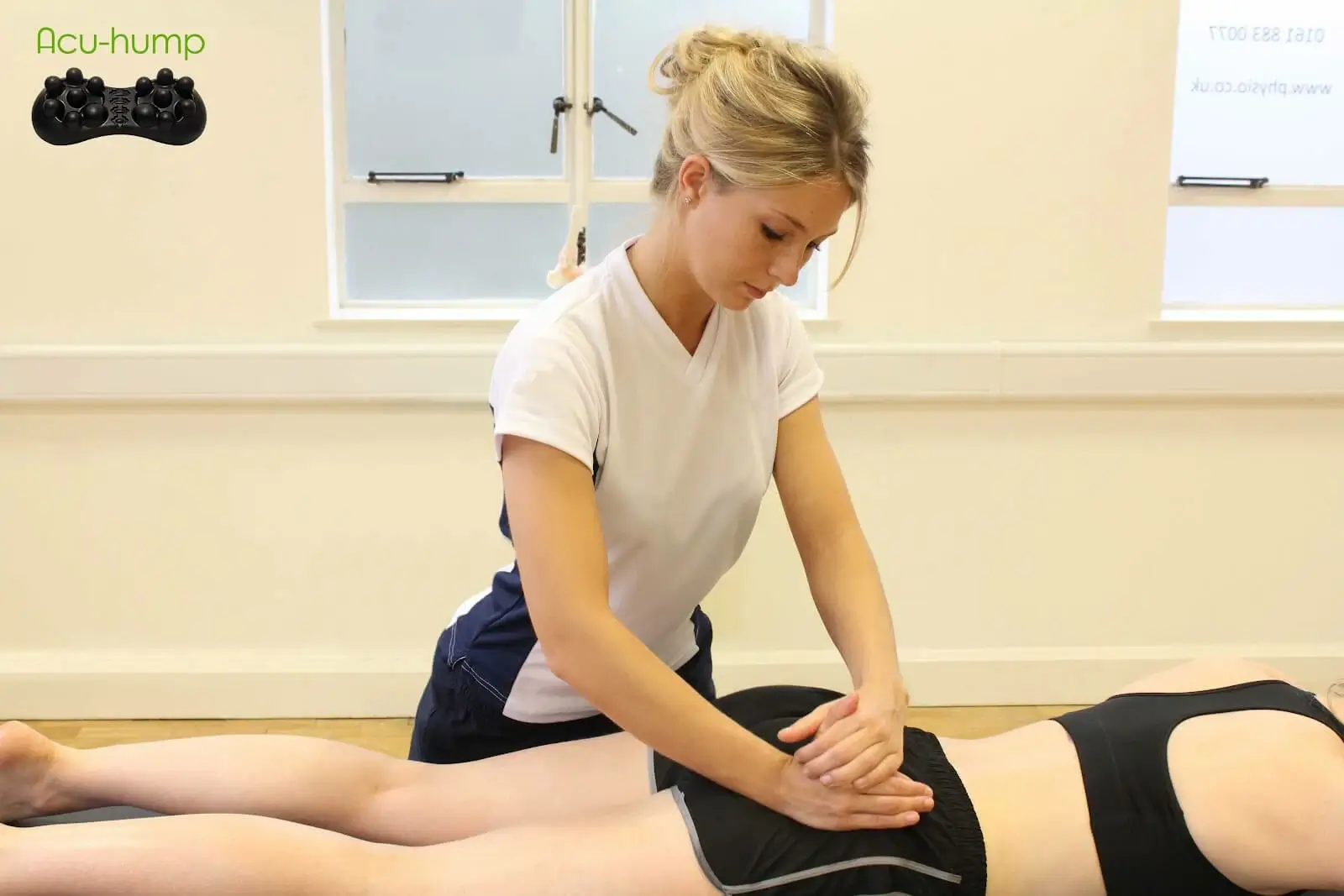
Stretching Exercises
Getting piriformis stretching exercises into your daily routine can be extremely helpful in treating piriformis syndrome.
I recommend the “4 figure piriformis stretch,” and here’s a helpful tip: trying this stretch while lying down can be more effective than sitting. It can be more effective in providing relief.
Why not give it a try?
However, solely focusing on stretching the piriformis muscle while neglecting stretches for the lower back muscles and hip flexors can lead to recurring piriformis pain due to muscle strength imbalances.
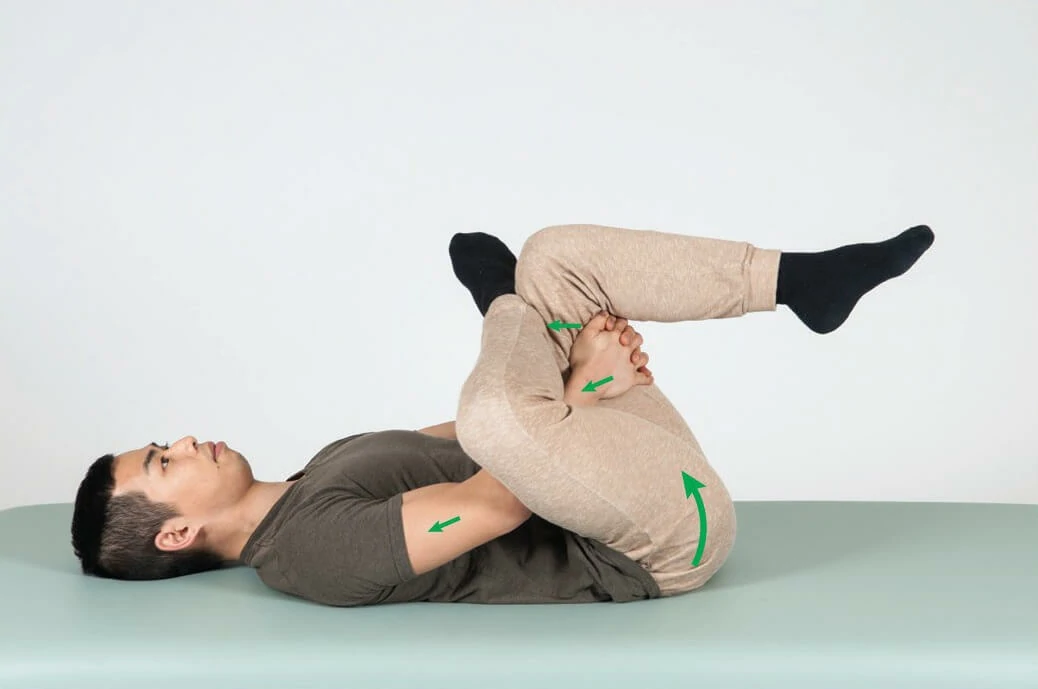
Therefore, a comprehensive stretching routine that includes all relevant muscle groups is essential to address this issue effectively.
Comprehensive Remedy Plan
It is important to note that relying solely on analgesics for pain relief will not fix piriformis syndrome.
To achieve long-term relief from pain, it is essential to adopt a comprehensive remedy plan that goes beyond the temporary pain-relieving effects offered by medications. Get rid of pain by implementing a holistic approach to healing.
Combining muscle relaxation techniques, massage, stretching exercises, and other self-care therapies within a well-rounded remedy is key.
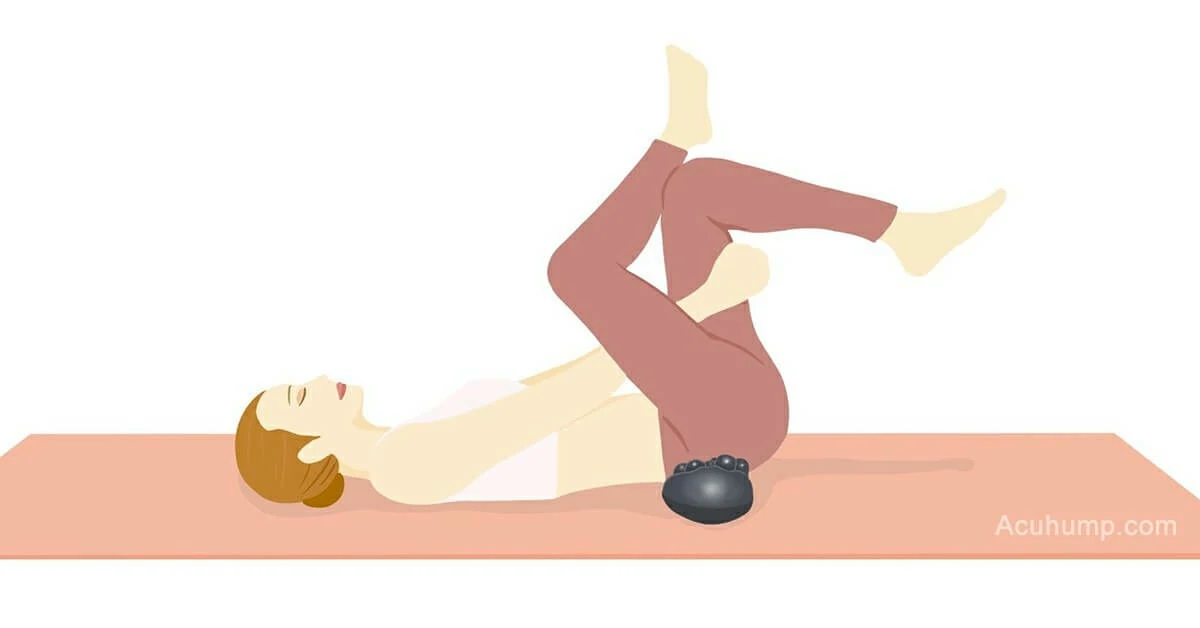
How to Treat Piriformis Syndrome at Home
This may seem complicated, but don’t worry, there is a simple piriformis relief plan available.
Acu-hump, a deep massage tool for sciatica, is a simple and effective way to relieve the piriformis signs.
You simply need to lie flat and place it underneath your hips.
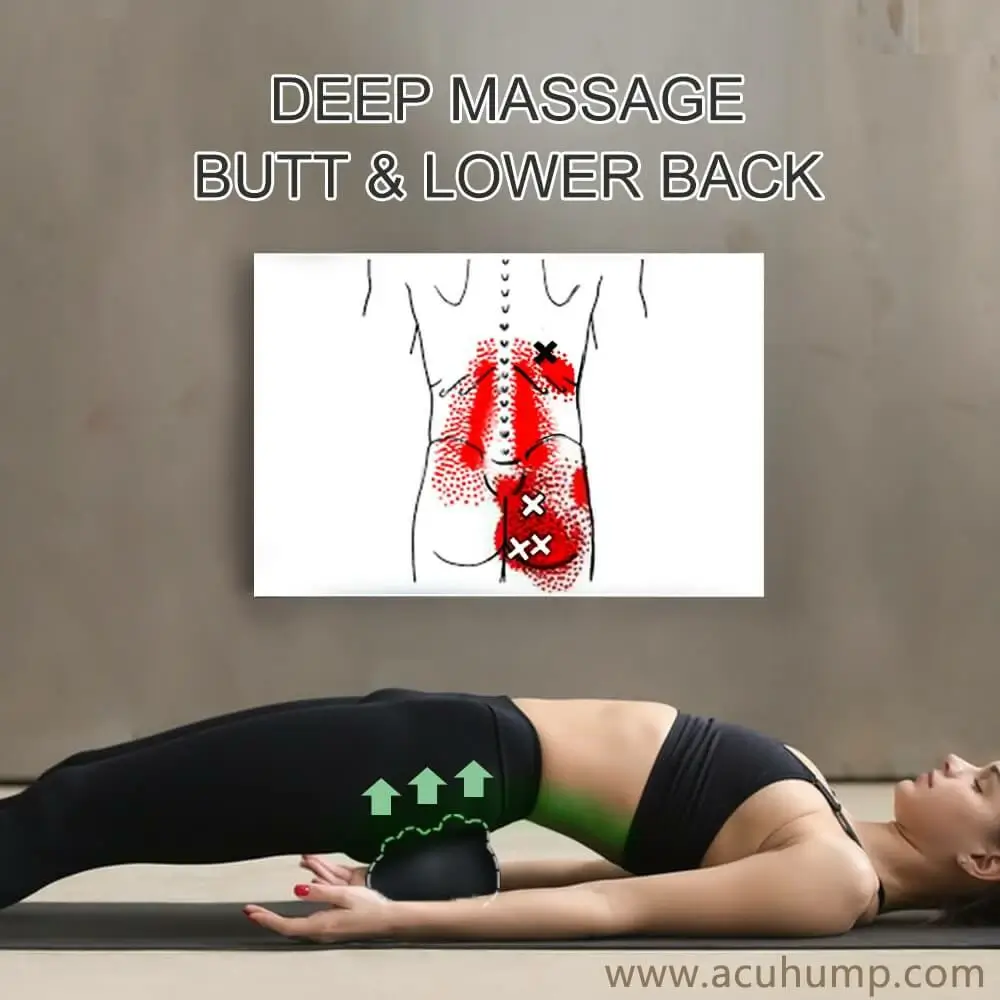
Acu-hump: Full refund policy. No risk for you.
You may have tried many methods such as squats, massage, yoga, stretching, and acupuncture. Although these remedies provided some help, none of them offered long-lasting relief, which was frustrating.
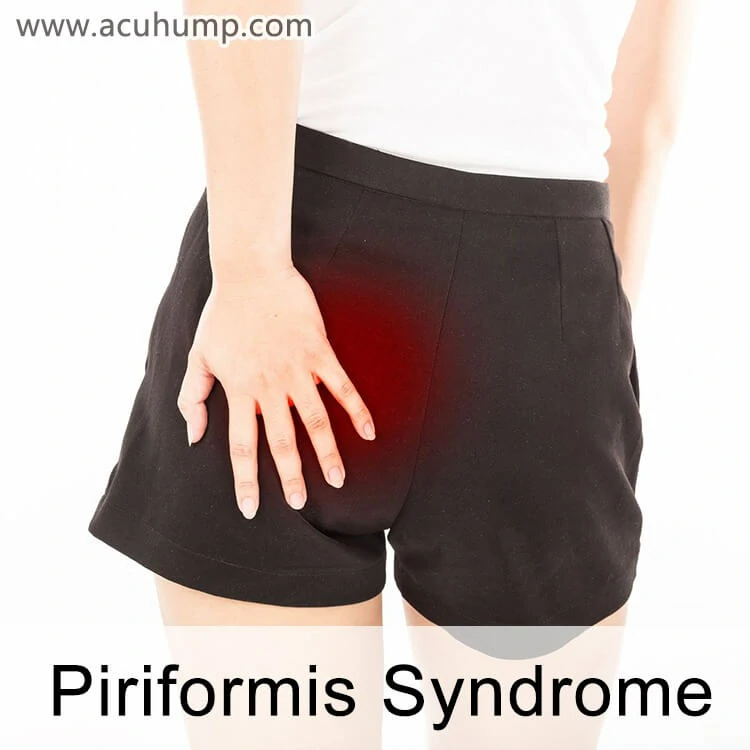
With Acu-hump, you can deep massage and gently stretch the affected area, providing targeted relief to the affected muscles. The piriformis pain had to be turned away.

Don’t let piriformis syndrome trap you in a cage!
Acu-hump is designed with inspiration from acupuncture, massage, and yoga stretches.
It features 14 massage humps that target 14 acupressure points from the lower back to the buttocks.
Its curved shape allows you to perform stretching exercises with it, enhancing the effectiveness of muscle release.
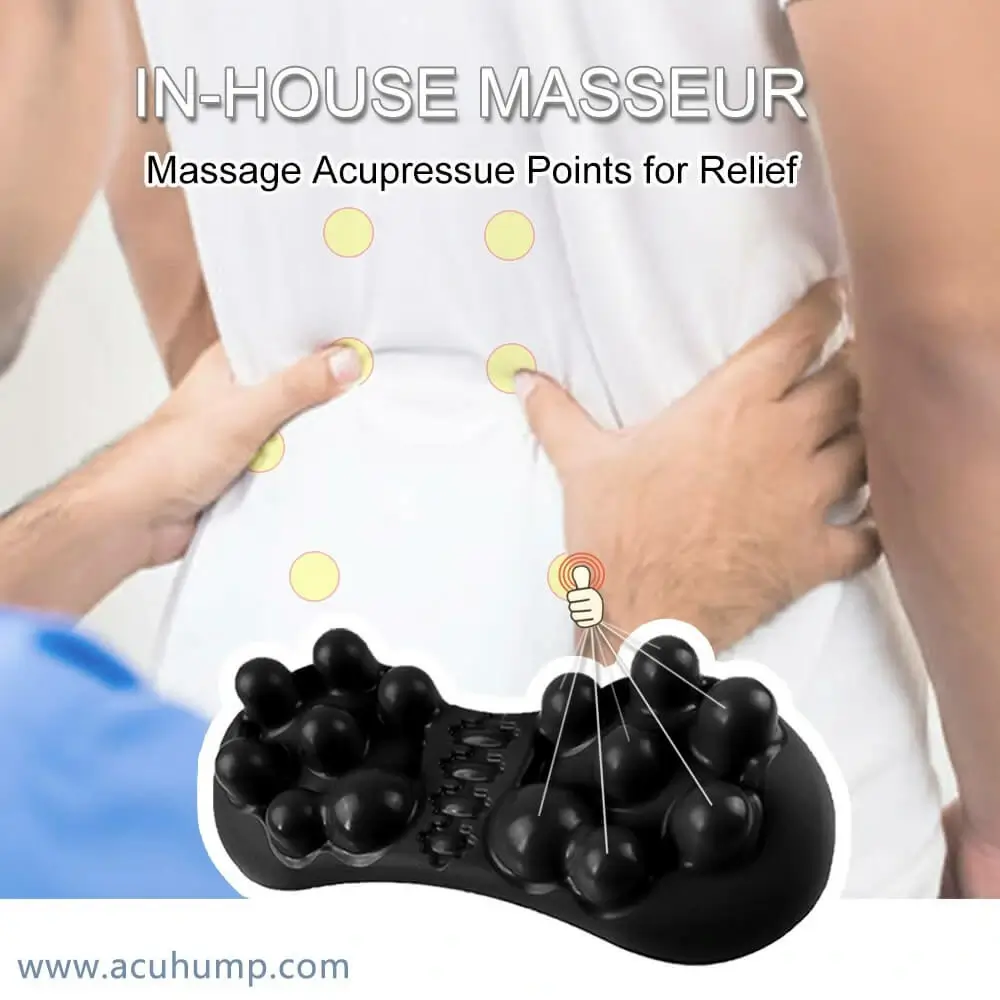
Using Acu-hump into your daily routine, you can potentially reduce your need for medical treatment and get back to doing what you love. Take control of your health and wellness by trying Acu-hump today!

What else does Acu-hump help with?
Acu-hump can be used to relieve a variety of conditions, including:
- sciatic nerve pain
- Piriformis Syndrome
- hip and butt pain
- lower back pain (QL muscle pain)
Sacroiliac (SI) joint dysfunction
- deep gluteal syndrome
- pelvic pain
- overuse injuries
Don’t let pain and discomfort hold you back – order your Acu-hump today and feel the relief for yourself!
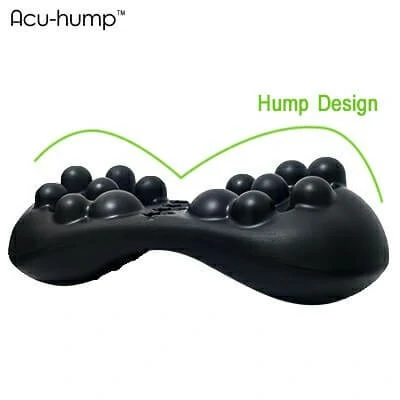
Healing Your Piriformis Muscle
How Long Does a Piriformis Injury Take to Cure
The recovery time for piriformis syndrome can vary depending on the severity of the condition and the treatment method used. Mild cases may release within a week, while more severe cases may require several weeks to a few months of recovery time.
Take control of your own recovery.
While piriformis syndrome can take some time to fix completely, there are steps you can take to speed up your recovery time. Using tools like Acu-hump to alleviate signs can provide relief and help to reduce inflammation in the affected area. Additionally, trying low-impact exercises, such as stretching and yoga, can help to promote healing and prevent further injury.
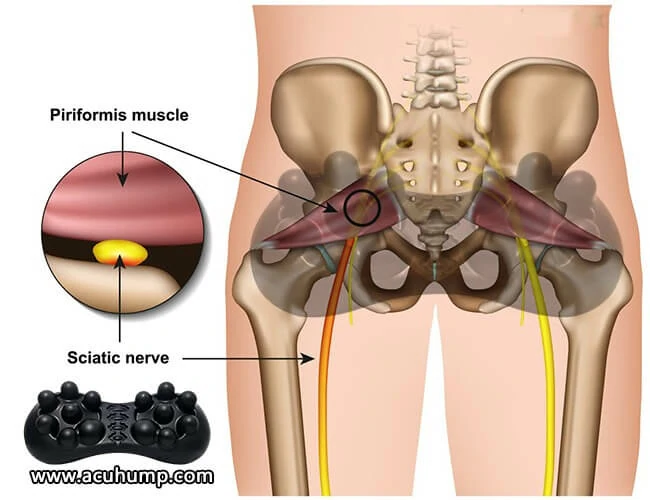
You need to persevere and put in the effort consistently. Twice a day, for 5-10 minutes each time.
The key to a quick and successful relieving, is to be patient and persistent with your treatment plan.
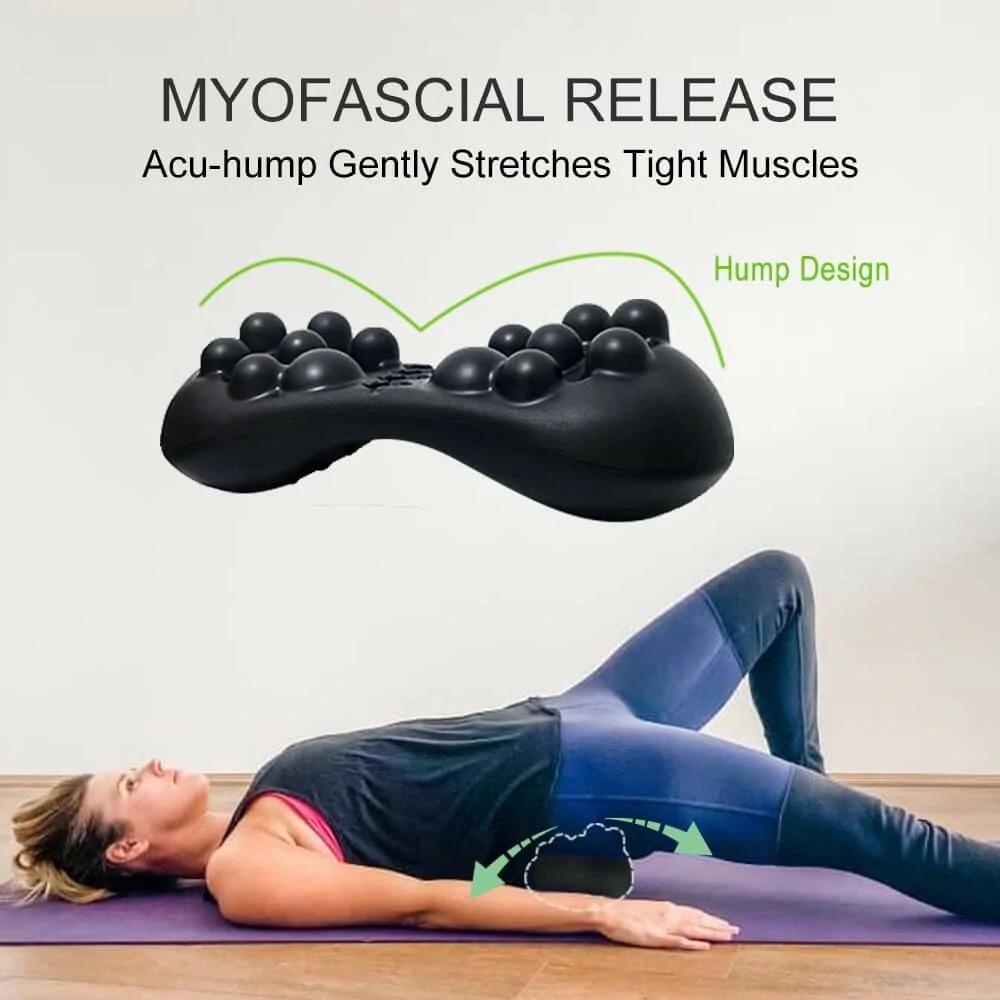
Piriformis syndrome can be a challenging condition to overcome, but it is possible to heal quickly with the right approach.
By taking control of your relieving and following a comprehensive treatment plan that includes tools like Acu-hump, cardio exercises like stretching and swimming, and healthcare professional guidance, you can heal piriformis signs and regain a quality of life.
Remember to be patient, persistent, and committed to your recovery plan, and you’ll be on your way to healing the piriformis muscle quickly and getting back to your active lifestyle in no time.

Let’s Get Rid of Piriformis Pain
Save It to Your Phone and View It Anytime
Click to download: Piriformis Stretches for Sciatica Pain PDF
